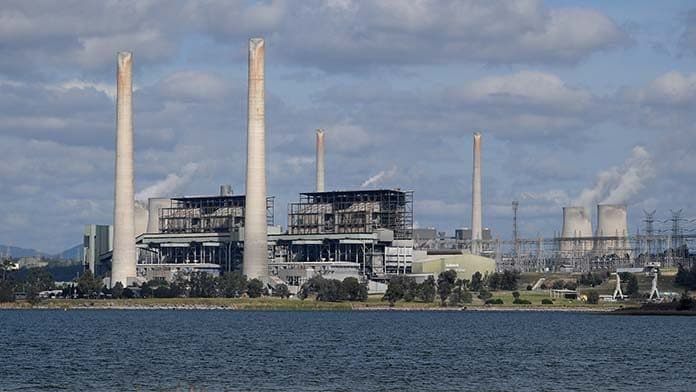The UN’s top climate advisor has told an ANU forum that Australia must phase out coal within ten years, along with other developed nations.
But Energy Minister Angus Taylor wants new rules for the energy system that would pay coal and gas power plants more so they can stay open longer. The final details of the plan, to be implemented from 2025, will take another 18 months to be finalised.
Taylor has claimed that the new rules will be “technology neutral” and are, “about avoiding premature closure and ensuring there is full replacement of closing thermal generators”.
The rules would establish a “capacity market” for “dispatchable” power, delivering payments to power generators that could show their ability to deliver power at certain times of day, regardless of whether the power ends up being needed.
Renewable energy is already providing a growing portion of our electricity, around 50 per cent at some times of the day.
This has created a problem for existing coal power plants as it has reduced their revenue. One study in February found that by 2025 another five coal plants may be unprofitable. Many of them are also nearing the end of their running life. Liddell in NSW is already scheduled to close in 2023.
The energy system does need planning to ensure power is available all day, at the time it is needed. Planning is also crucial to ensure workers in coal power stations and fossil fuel industries have alternative jobs with the same pay and conditions when they close.
But any extra funding should be going towards jobs and transition funding, and building the new renewable energy we need, not propping up coal and gas generators.
The Liberals’ new plan has been widely rejected across the energy industry as unnecessary, according to the news site RenewEconomy, which said, “even the country’s biggest hydro and gas generator, the government owned Snowy Hydro, is opposing the reform, along with just about every other energy utility and technology provider in the country, bar a handful of coal generators”. Both the Victorian and NSW governments have also indicated their opposition, placing the move in doubt.
Ever since he became Energy Minister, Angus Taylor has tried to undermine renewable energy, and avoid and obstruct real transition planning. Soon after he became minister he told shock-jock Alan Jones there had been, “too much intermittent power [wind and solar] come into the system”.
He has often claimed that renewable energy is not capable of providing the reliable power we need 24 hours a day, telling the Financial Review recently, “When the sun goes down, you have to have an alternative.”
This is also the argument he has used to justify a new $600 million government funded gas power plant at Kurri Kurri near Newcastle, despite clear evidence that there is already more than enough gas power in the grid going unused.
As part of the Paris Agreement, the government is also supposed to provide a just transition plan, and 46 others have done this – but Australia has not.
Renewable 24 hour power
There are already numerous reports showing how renewables could provide 100 per cent of Australia’s energy. There are three main ways to deal with the “intermittency” of renewable sources, the fact that they rely on the sun shining or the wind blowing to generate energy.
New interconnectors, or electricity transmission lines, are being built to transfer energy across Australia, to allow, for instance, a sunny day in Queensland or a windy day in SA to power areas of Victoria or NSW on a day when renewables cannot generate enough power there. The Australian Energy Market Operator (AEMO) has recommended new interconnectors linking Tasmania and Victoria, SA and NSW, and NSW and Queensland. Similarly, different forms of renewable energy can also complement each other—for example peak solar power and peak wind power are at different times of the day, and onshore and offshore wind may also provide power at different times.
A range of new storage technologies are also capable of providing back up to the energy grid at night or when renewables are not able to produce enough power. Large-scale battery storage is already beginning to be installed. The first was the “Tesla big battery” in SA as far back as 2017, with a capacity enough to power 200,000 households for an hour whenever needed. There are now five others like it across Australia and many more are planned.
Another kind of battery is the Snowy Hydro 2.0 project, which will store energy by using it to pump water up a mountain, so that it can be released downstream to power a turbine when needed. Similar pumped hydro projects can also be built in disused coal mines.
In fact, it is coal generation that is becoming less reliable due to frequent equipment failures in the ageing power plants. The result, as AEMO’s five year forecast in August put it was, “Coal-fired generation reliability remained at historically poor levels last year”.
There is no technological barrier to moving to a 100 per cent renewable energy system. Instead of trying to prolong the life of coal and gas, the government should get on with planning and building it—and acting to lock in ongoing jobs and funding a transition that can provide a future for our coal dependent regions.
By James Supple






